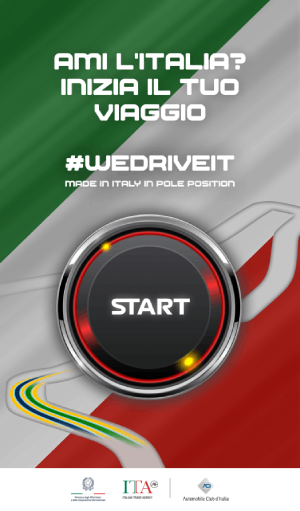The recent escalation in the Gaza Strip saw Israeli forces intensifying their offensive against Hamas, bombarding southern areas including mosques, homes, and a hospital vicinity. The assault followed the collapse of a truce, leading to substantial casualties and displacement. International and local efforts to mitigate the crisis are ongoing, amidst complex political dynamics and humanitarian concerns.
 by Fatima Abass
by Fatima Abass
The conflict in Gaza has intensified with Israeli warplanes and artillery targeting the southern regions of the Strip, particularly affecting areas like Khan Younis and Rafah. This offensive comes in the wake of a collapsed truce between Israel and Hamas militants, marking a significant escalation in the nearly two-month-old war. As of December 2, the Gaza health ministry reported at least 193 Palestinians killed and 650 wounded since the truce’s end, adding to over 15,000 Palestinian deaths since the conflict’s onset.
The situation has caused a massive influx of wounded to local hospitals, such as the Nasser Hospital in Khan Younis, stretching medical facilities to their limits. International agencies like the Red Cross have expressed concern over the “new layer of destruction” and the dire humanitarian situation within the Hamas-controlled enclave.
Israel’s strategic focus appears to be on crippling Hamas, deemed a significant threat to its existence. Israeli forces have targeted over 400 militant sites and are accused of causing widespread destruction in the densely populated Gaza Strip, including civilian infrastructure and homes. The conflict’s dynamics are further complicated by the broader geopolitical context, including international diplomatic efforts to resolve the crisis and mitigate its humanitarian impact.
This escalation marks one of the bloodiest phases in the longstanding Israel-Palestinian conflict, with profound implications for regional stability and the lives of thousands of civilians caught in the crossfire.
(Associated Medias | FAD) – All rights reserved.








